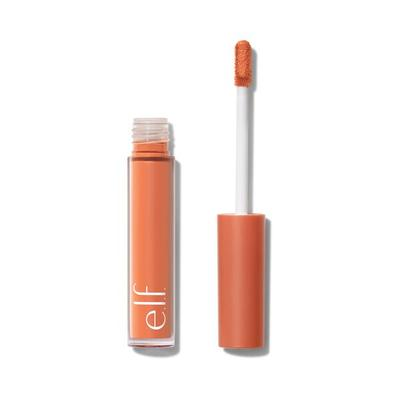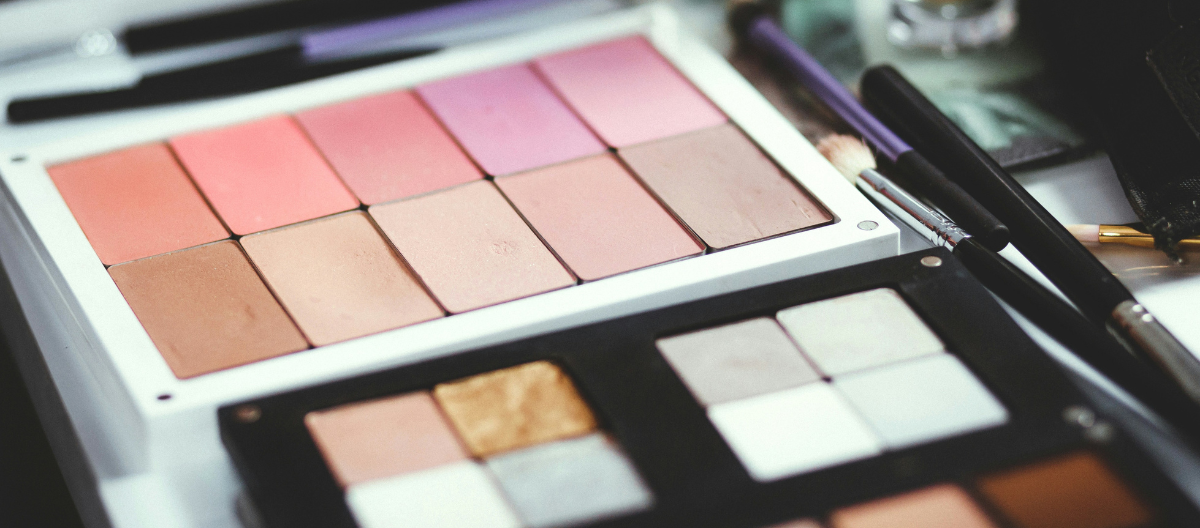Hey Diva dressing fans! When the items we love coincide with brands we work with, Diva dressing will use Paid Links in our articles. If you decide to click on these links and purchase the product, we get a small commission. Our Opinions Are Our Own, but we do add Paid Links as a way to offer these products at no added cost to our readers. Want to know more? Click Here to check out our Terms of Use anytime!
Color correcting is a makeup technique that uses the principles of color theory to neutralize imperfections and enhance your complexion. By applying specific colors in targeted areas, you can counteract various skin concerns, resulting in a more even and radiant look.
Understanding Color Theory
Color theory is based on the color wheel, which shows how colors relate to each other. The key to color correcting is to use opposite colors on the wheel to cancel out unwanted tones. Here’s a breakdown of common color correctors and what they target:
- Green: Neutralizes redness, making it ideal for acne, rosacea, or any redness on the skin.
- Peach/Orange: Cancels out blue or purple tones, effective for dark circles under the eyes and hyperpigmentation on medium to deep skin tones.
- Yellow: Brightens and corrects purple tones, suitable for dark circles and bruises on fair to medium skin.
- Lavender/Purple: Balances out sallow or yellow tones, great for dull skin and helps brighten complexions.
- Pink: Provides brightness to the under-eye area and helps reduce dullness, ideal for fair skin tones.
How to Apply Color Correctors
Prep Your Skin: Start with a clean, moisturized face. Apply a primer suited to your skin type to create a smooth base for your makeup.
Choose the Right Corrector: Select a color corrector based on your specific skin concerns. Consider using a liquid or cream formula for easy blending.
Apply with Care: Use a small, precise brush or your fingertip to apply the corrector to targeted areas. A little goes a long way, so start with a small amount and build as needed.
Blend: Gently tap or blend the corrector with your fingertip or a makeup sponge to ensure it integrates well with your skin without moving it around too much.
Follow with Foundation: Once you’ve corrected the areas, apply your foundation over the top. This will help to create a uniform complexion, blending the corrector into your overall look.
Set with Powder: To keep everything in place, set your makeup with a translucent setting powder. This will help to prevent creasing and ensure longevity.
e.l.f. Cosmetics Camo Color Corrector In Green $3.40

Budget-friendly and blends easily to neutralize redness.
e.l.f. Cosmetics Camo Color Corrector In Orange $3.40

Orange, to target dark circles and pigmentation.
e.l.f. Cosmetics Camo Color Corrector In Yellow $3.40

This has a yellow tone that brightens dark circles effectively.
e.l.f. Cosmetics Camo Color Corrector In Blue $3.40

Affordable option to neutralizing orange hues
e.l.f. Cosmetics Camo Color Corrector In Peach $3.40

Tips for Successful Color Correcting
- Start Small: Use a minimal amount of product to avoid a heavy look. You can always add more if needed.
- Test Before Applying: Try the corrector on a small area of skin to see how it blends with your foundation.
- Match Your Undertones: When choosing a corrector, consider your skin’s undertone to find the most effective shade.
- Layer Lightly: If using multiple correctors, apply them in layers and allow each layer to set before moving on to the next.


